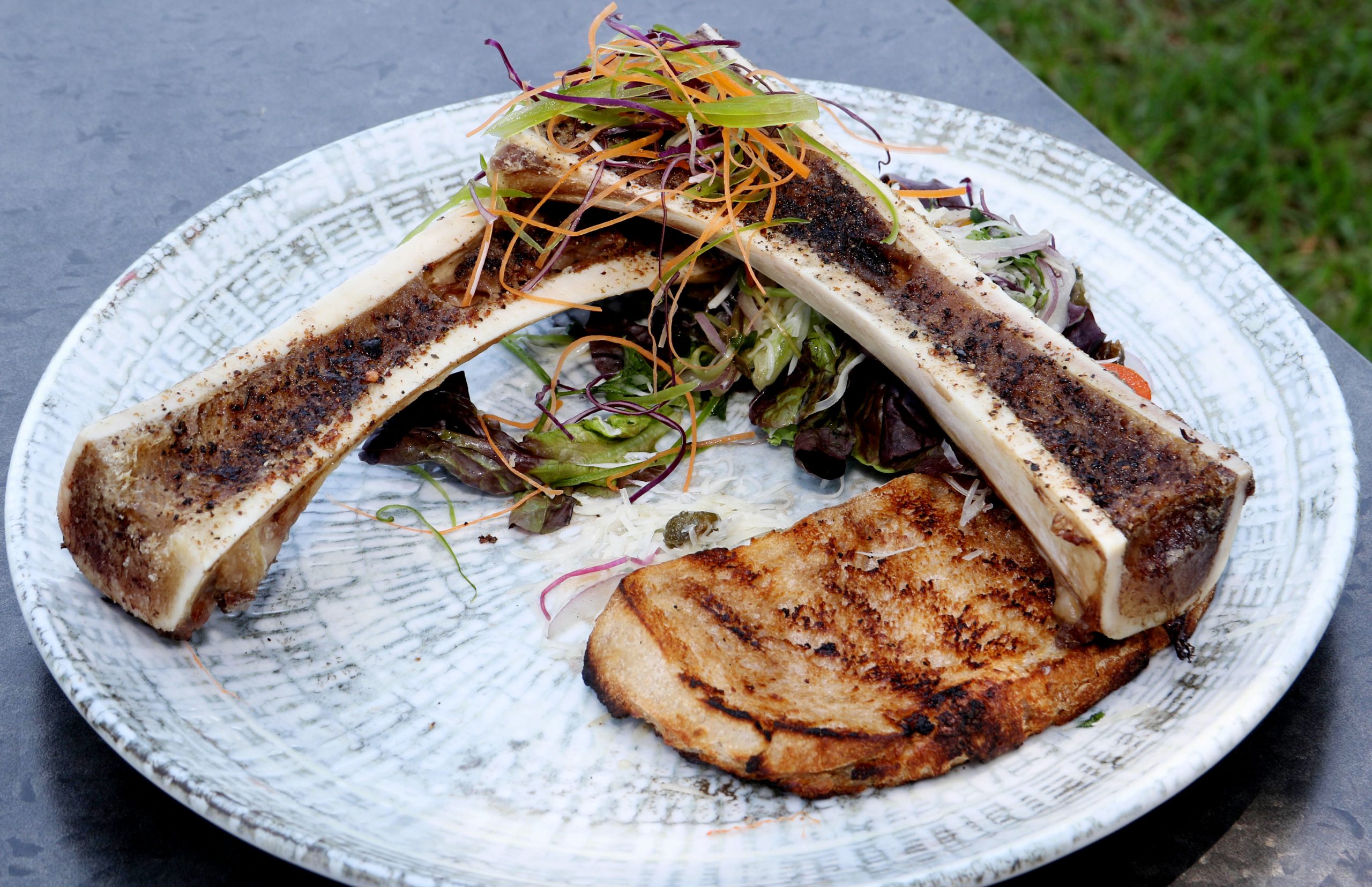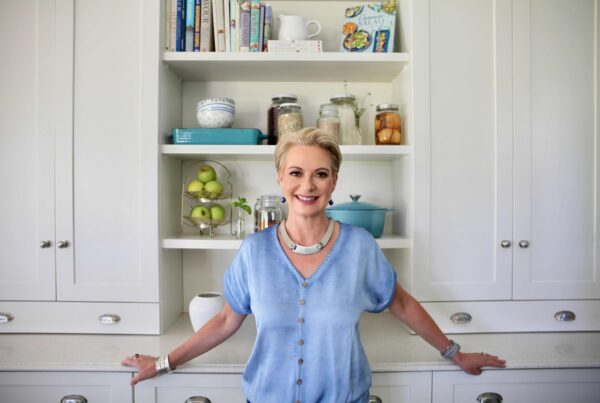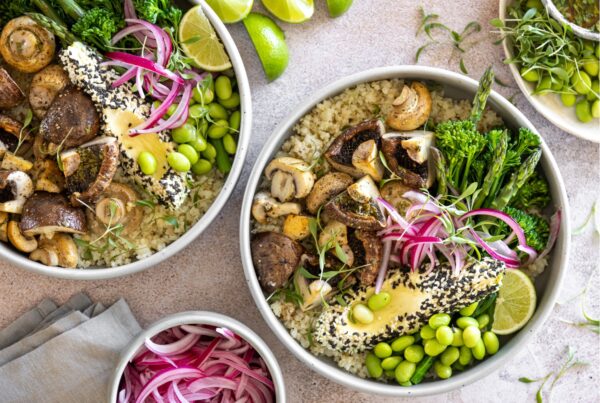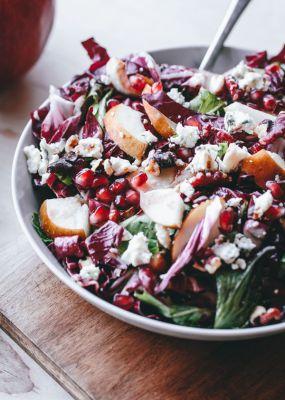What could a human evolution enthusiast interested in bones and a man who went from budding cook to executive chef have in common? The quick answer: an obsession with food and a commitment to sustainability. This unlikely duo dreamed up a nutritious bone marrow starter to get any lunch off on the right (and sustainable) foot.
What happens when you pair a paleoanthropologist with an executive chef? A sustainable meal, of course
Two green-inclined foodies have joined forces to help us enjoy a great meal, plus it’s sustainable food. On one side, we have paleoanthropologist Dr. Keneiloe Molopyane (affectionately known as Dr. Bones). She is the principal investigator at the Gladysvale Cave fossil excavation site and the first black woman to head a dig into the Cradle of Humankind.
On the other side, we have chef Sam Ramokoka. He is the executive chef at both the Cradle Boutique Hotel and the exclusive new eco hideaway, Riverhorse Lodge. You can find both places within the privately owned 9,000-hectare Greater Cradle Nature Reserve (GCNR) just outside Johannesburg, which is home to two world-famous, active paleoanthropological sites (Gladysvale and Malapa).
They both admit to spending a lot of time thinking about food. Certainly, the wider population may only be concerned with the ready-to-eat state of a meal, but Dr. Bones and Chef Sam are engrossed with the entire food lifecycle and organic eating. They mull over how to source it, grow it, cook it, pair it (with beer/wine/whiskey/gin), and eat it.
It seemed fitting to throw this odd pairing together to create something that would embrace her love of fossils and his superior knowledge of food. They recently put together an eco-friendly festive starter course that could be included in any day eating.
How working where human life began inspired more eco-conscious eating
Chef Sam and Dr. Bones are committed to sustainable eating given where they both work – on the hallowed grounds where human life began. It is home to hominid fossils that date back 3 million years. Dr. Bones’ work as a paleoanthropologist involves studying these hominid fossils, noting the intersection of human evolution and climate change.
Undoubtedly, her work is important in the green-focused movement (and inspiring your sustainable Christmas). In fact, palaeoanthropology data richly spotlights the interplay between organisms and their surroundings when compared to other records of fossilized organisms. It weighs in on key events in history that have shaped what it means to be human.
Naturally, this offers the optimal context for us to think about future climate change and how humans will react to it. So, it’s not entirely surprising that a paleoanthropologist will steer clear of a food system with a carbon footprint that enables these changes.
Swinging between an excavation site and an organic vegetable garden
Dr. Bones, distinctive in her pink hair and oversized glasses and known for her macabre interest in bones, said she started cooking (seriously) in 2018 as a form of therapy. It helped to calm her brain down and have it focus on something other than her PhD thesis.
Dr. Bones and her father, ophthalmologist Dr Paul Molopyane, proceeded to create a vegetable garden in the backyard of the family’s Benoni home. Favorably, this organic-inclined move still produces most of the family’s vegetable needs.
“It’s organic eating for real in our household. I’m committed to the concept – I even had a garden growing chilies, peppers, and tomatoes on the balcony of my Sandton flat,” shared Dr Bones.
It is widely known that food system activities (such as production and transportation) release greenhouse gas emissions. According to a report by the European Commission, the field-to-fork miles of international food trade account for 19% of total food emissions. This is why she believes in the importance of growing your food to support organic eating. It removes the need to ship in staples (thereby reducing the carbon footprint) and also allows control around the use of organic principles.
Behind every great chef are the cooking lessons from their mother (and the ability to please a fussy palate)
Chef Sam’s trajectory into a sustainable food love affair meant leaving the mechanical engineering one he was on. He quit the line of study at Vaal University of Technology, choosing a career in food instead. Initially, his culinary pursuits began whilst preparing food under his mother’s watchful eye (she is a cook at a scripture union campsite). Now, he’s serving local and organic cuisine to people on the grounds of human evolution.

Chef Sam Ramokoka and paleoanthropologist Dr Keneiloe Molopyane (Dr Bones). Photo by Yolanda van der Stoep.
The chef loves his job and where he works; his surroundings repeatedly reinforce the importance of preserving the planet and serving sustainable food. His drive through the nature reserve on his way to the kitchen at Riverhorse Lodge takes him past plains with sights of loping giraffe, warthog, a herd of sables, and a dazzle of grazing zebras. It’s the same view Dr. Bones sees on her way to her Gladysvale dig: one of life and beauty.
Of course, it can be a challenge to appeal to a hard-to-please appetite when preparing a sustainable dinner. Thankfully, he knows something about cooking for a fussy family. He and his wife Motshepo (who also works in the food industry) have three children, who have helped him hone this skill so that the entire table is left smiling.
A hearty bone marrow starter is born
In 2018, Dr. Bones took charge of the cooking of the family Christmas meal for the first time. What was supposed to be a lunch slowly turned into a dinner (because of her rookie timing error) and with that, a new tradition blossomed in the Molopyane household. However, her need to spice up this festive dinner tradition led to her asking Chef Sam for help to create a sustainable Christmas starter. Indeed, Chef Sam obliged. The starters they dreamed up included Sam’s ingenuity and Dr. Bones’ fine palate.
“We’re all bored with my [usual] starter [a prawn cocktail] which is why I asked Chef Sam to come up with an alternative, something that I can surprise my family with this year,” discussed Dr Bones.
“It seemed fitting for Chef Sam to teach me how to make a marrow bone starter. After all, my nickname is Bones and I call my family kitchen Bones’ Eatery,” further added the paleoanthropologist foodie.
Bone marrow is the nutritious star of this sustainable starter
Delight during festive celebrations while supporting your health with the inclusion of bone marrow. This vitamin-B12-rich food has the following health benefits:
- May lower the risk of weight-related diseases such as diabetes, heart disease, and obesity-related cancers.
- Full of collagen, a protein that is responsible for promoting skin, bone, and joint health.
- Rich in glucosamine, which can serve as a natural remedy for osteoarthritis. It reduces inflammation and can offer relief from sore joints.
- The bone marrow found in cows, goats, and sheep contains conjugated linoleic acid (CLA), a type of fatty acid known for its anti-inflammatory effects.
Your green-friendly recipe: Grilled Bone Marrow
Roasting marrow bones couldn’t be easier. Have 2 beef marrow bones, split lengthwise, for each person. Make your oven nice and hot and roast the marrow for 15 to 20 minutes. Serve the marrow with slices of fresh, or toasted, sourdough bread (to mop up the delicious juices) and a parsley salad, to cut through the richness, on the side.
Parsley salad:
Ingredients
1 ½ Cup parsley/1 bunch, roughly chopped
½ Cup red onion, thinly sliced
1 tbsp capers
3 tbsp olive oil
¼ Tsp salt
1 tbsp lemon, freshly squeezed
⅛ Tsp black pepper, grounded
Parmesan shavings
Method
In a small bowl, mix the olive oil, lemon juice, salt, and pepper.
In a salad bowl, toss together parsley with the sliced onions and roughly chopped capers.
Add the olive oil mixture and toss until completely coated.
Serve immediately with parmesan shavings.





![women [longevity live]](https://longevitylive.com/wp-content/uploads/2020/01/photo-of-women-walking-down-the-street-1116984-100x100.jpg)









